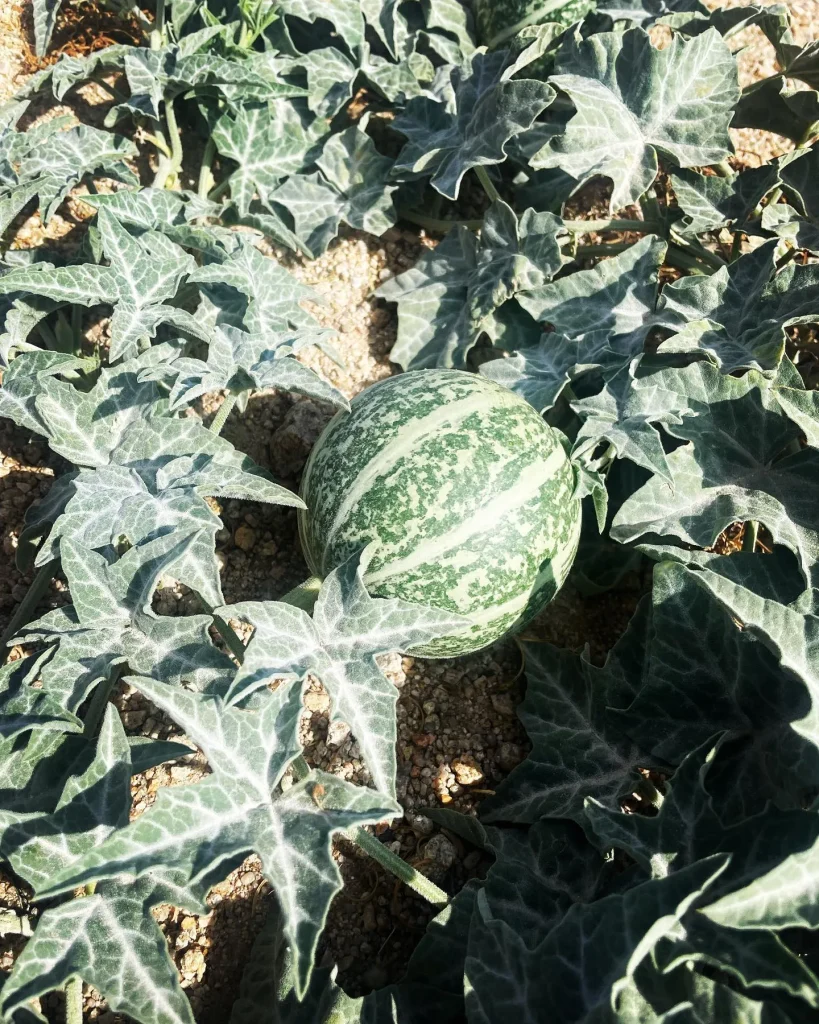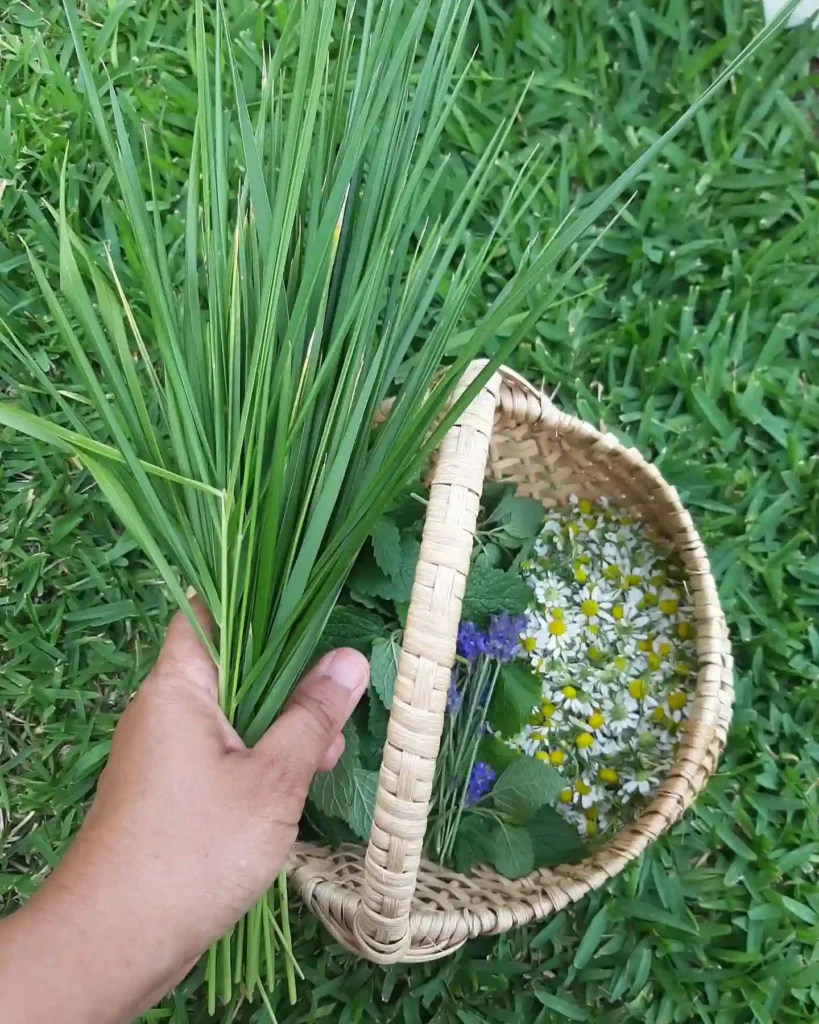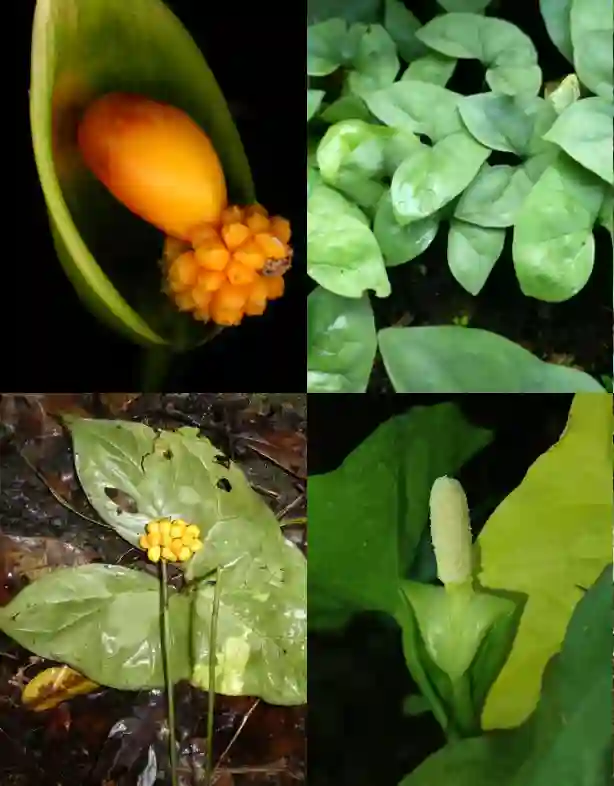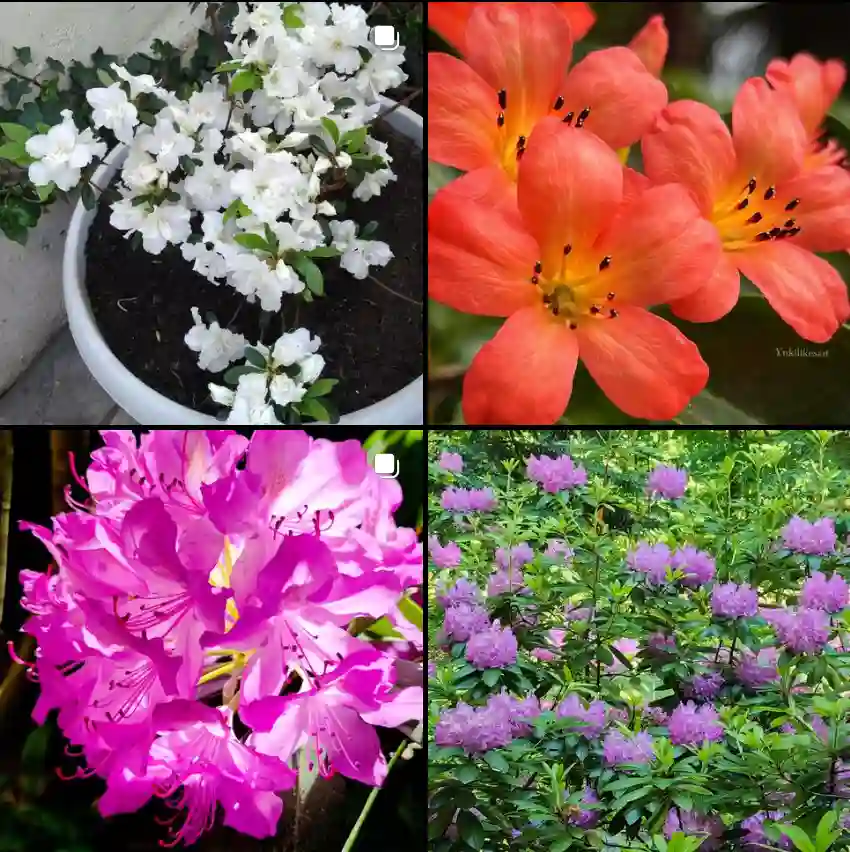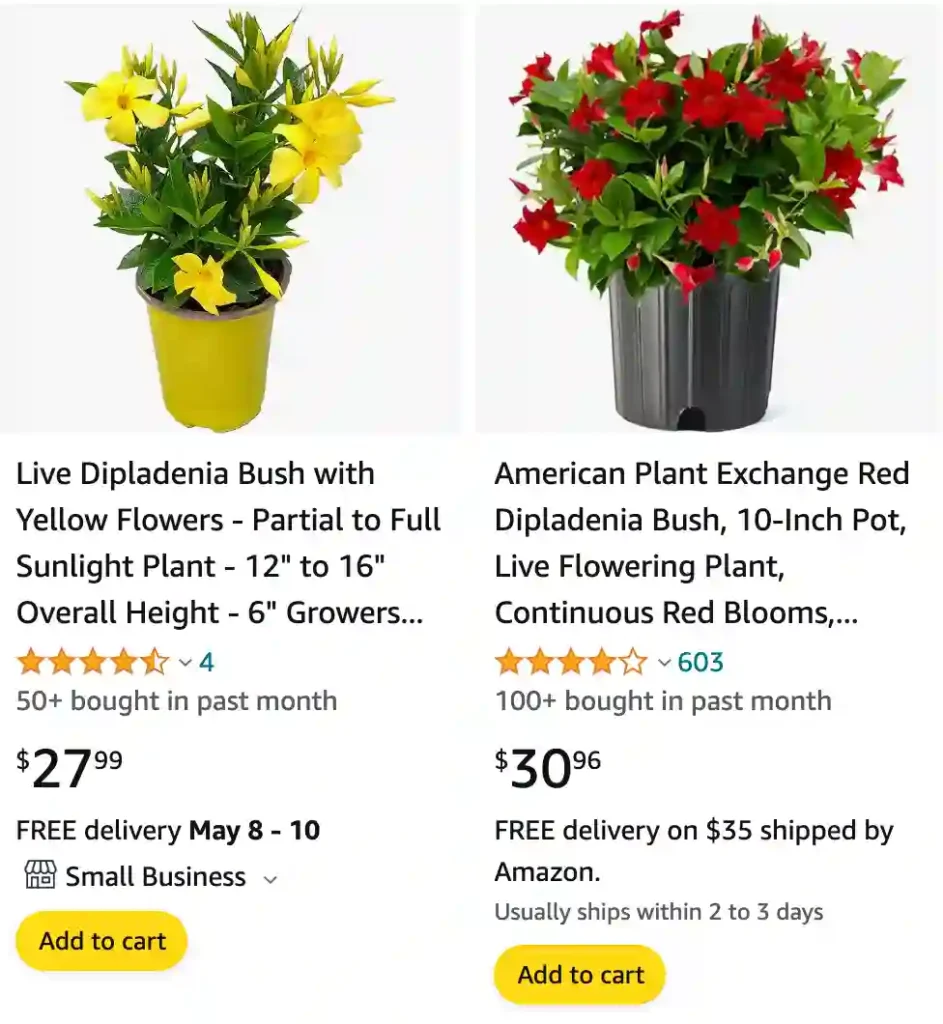
Is dipladenia a perennial?
Absolutely! I planted a beautiful dipladenia in a pot for my patio last year, and it thrived all summer. Those vibrant trumpet flowers kept blooming non-stop until the first frost. I was so bummed when I had to bring it in for the winter, but I’m hoping with proper care over the colder months, I can enjoy it again this year. It seems like a bit of work to keep it alive indoors, but those flowers are totally worth the extra effort!
How do you make a dipladenia bushy?
My dipladenia grew pretty tall last year, with lots of lovely blooms but not as full and bushy as I would have liked. This year, I’m determined to get it nice and compact! I read online about pinching off the growing tips to encourage branching. It seemed a little scary at first, but I took the plunge and pinched back a few of the long shoots. It looked a bit bare for a while, but sure enough, new growth sprouted quickly, and the plant already looks much fuller. I can’t wait to see it covered in flowers again!
Is dipladenia poisonous to dogs?
Oh no, that’s a good question I hadn’t even considered! Those trumpet flowers are so pretty, I can see how curious pups might be tempted to take a nibble. Thankfully, I do all my gardening when my dog is safely inside, but this is definitely something to keep in mind. I’ll have to look into it more to see exactly how toxic they are and what symptoms to watch out for, just in case. Maybe I should plant my dipladenia in a hanging basket this year, just to be on the safe side!
Do deer eat dipladenia?
Thankfully, my dipladenia seems to be safe from Bambi! I haven’t noticed any nibbling on the leaves or flowers, and it’s been thriving right next to my rose bushes, which usually get hammered by deer every year. I read online that deer tend to avoid dipladenia because it’s not very palatable to them, probably due to being a bit toxic. That’s a relief! The last thing I need is for hungry deer to ruin my beautiful flowering display. Now if only I could find a way to keep those rabbits away from my marigolds…
Do dipladenia climb?
Nope, my dipladenia is more of a show-off than a climber! It definitely doesn’t have those long, vining stems that can wrap around a trellis or fence. Instead, it grows more like a bush, with lots of branches reaching outwards. That’s actually perfect for me since I planted it in a pot. It fills out the container nicely and creates a cascade of blooms. If I wanted a climbing vine on my patio, I think I might need to look into something like a morning glory or clematis.
How to care for dipladenia?
Based on my experience keeping my dipladenia happy last year, here’s what I learned:
- Sun worshipper: This one loves sunshine! I placed mine on a sunny part of the patio, and it seemed to really thrive with at least 6-8 hours of sunlight a day.
- Water watch: Finding the watering sweet spot was key. Too little and the leaves wilted, too much and I worried about root rot. Sticking my finger in the soil to check for dryness helped. Watering when the top inch or two of soil felt dry seemed to work well.
- Feed me! During the summer months, I gave my dipladenia a diluted liquid fertilizer every few weeks. It seemed to really encourage those constant blooms.
- Pinch for perfection: To keep my dipladenia bushy and not leggy, I pinched off the tips of some of the long shoots early in the growing season. It sounds scary, but it encouraged new growth and a fuller plant.
- Winter worries: Since I live in a colder climate, bringing my dipladenia indoors before the frost was crucial. I’m hoping with some bright indirect sunlight and occasional watering, it will survive the winter and come back strong next spring. But we’ll see!
Do hummingbirds like dipladenia?
Absolutely! My dipladenia wasn’t just a feast for my eyes, it became a real hummingbird hangout last summer. Those bright, trumpet-shaped flowers are like beacons for these little guys. It was amazing watching them hover in mid-air, dipping their long beaks into the blooms to sip the nectar. They would flit back and forth all day long, adding a touch of magic to my patio. I even hung a hummingbird feeder nearby, and it seemed like they enjoyed having both options for a snack. If you’re looking to attract hummingbirds to your garden, I highly recommend planting some dipladenia!
Can dipladenia grow indoors?
You bet! My dipladenia actually surprised me with how well it adapted to being indoors over winter. As long as you can provide the right conditions, it can thrive indoors too. Here’s what I learned from my experience:
- Sun seeker: Even indoors, this plant craves sunshine. I placed it near a south-facing window where it gets as much bright, indirect sunlight as possible. South is ideal, but east or west with a few hours of direct sun might work too.
- Light on the water: Unlike the summer months outdoors, watering needs to be adjusted indoors. Less sunlight means less evaporation, so I watered much less frequently. Letting the soil dry out almost completely between waterings worked well to avoid overwatering.
- Humidity helper: The dry winter air can be tough on tropical plants like dipladenia. I grouped it with other moisture-loving plants to create a mini humid microclimate. A pebble tray with water placed near the pot can also help add some extra moisture to the air.
- Cooler temps: While it loves sunshine, dipladenia doesn’t need scorching temperatures indoors. Keeping it in a room on the cooler side, ideally between 60-65 degrees Fahrenheit, seemed to make it happy.
It took some adjustments, but my dipladenia survived the winter indoors and even pushed out some new growth. With a little extra TLC, you can definitely enjoy this flowering beauty indoors year-round!
Can dipladenia survive winter?
In the ground, dipladenia’s winter survival depends on your climate. They thrive in warm, frost-free zones (typically USDA zones 10-11). In those areas, with proper care, they might survive winter outdoors and come back stronger each year.
However, in colder climates like mine, dipladenia won’t survive freezing temperatures. So, for us, it behaves like an annual. The good news is that with some effort, we can overwinter them indoors!
Last winter, I brought mine in before the first frost and provided it with bright indirect sunlight, cooler temperatures, and adjusted watering. It wasn’t the easiest feat, but it came back to life in spring. If you live in a cold climate and love dipladenia, giving it some indoor TLC over winter is a great option to enjoy its blooms again next season.
Does dipladenia attract hummingbirds?
You bet! My dipladenia turned into a real hummingbird magnet last summer. Those vibrant, trumpet-shaped flowers are basically irresistible to these little feathered friends. It was a constant delight watching them flit around the patio, hovering in mid-air and dipping their long beaks into the blooms to sip nectar. They seemed to absolutely love them!
If you’re looking to attract hummingbirds to your garden, planting some dipladenia is a surefire way to do it. In fact, I even hung a hummingbird feeder nearby, and it seemed like they enjoyed having both the dipladenia flowers and the feeder as a tasty snack stop. So yes, dipladenia is a definite winner when it comes to attracting hummingbirds!
How big do dipladenia get?
The mature size of a dipladenia depends on the variety and whether you grow it outdoors in ideal conditions or indoors in a pot. Here’s what I’ve observed:
- Bushy not Brawny: Most dipladenia varieties I’ve seen tend to grow more like bushy shrubs than giant climbers. Outdoors in warm climates, they might reach 2-3 feet tall and wide, with outward-spreading branches.
- Pot Power: When grown in containers, dipladenia typically stays even more compact. Mine grew to about 1-2 feet tall last year in a pot, with a nice bushy shape perfect for overflowing the container.
- The Climber Conundrum: There’s a variety called Dipladenia sanderi, also known as Brazilian jasmine, that can be a bit of an outlier. This one can apparently grow quite long and viney, reaching up to 15 feet tall if given the support.
So, the size of your dipladenia will depend on the specific variety and how you grow it. If you’re looking for a compact flowering plant for a pot, most dipladenia varieties should fit the bill nicely.
Is dipladenia the same as mandevilla?
That’s a tricky one! In the past, dipladenia and mandevilla were considered separate plant genera. But botanists have since reclassified most dipladenia species under the mandevilla genus. So, technically, true dipladenia are quite rare these days.
However, the name “dipladenia” is still widely used by gardeners and nurseries, often for what are actually mandevilla varieties. It can be confusing! Here’s what I’ve experienced:
- Same care, different label: My dipladenia, even though it might technically be a mandevilla, requires the same care as what I’ve read about mandevilla. Plenty of sunshine, regular watering, and maybe some pinching to encourage bushiness.
- Blooms for all: Both dipladenia and mandevilla boast those beautiful, trumpet-shaped flowers that come in a range of colors. So, whichever name you encounter, you’re in for a treat!
To avoid confusion, some resources recommend using the full botanical name (like Mandevilla sanderi) when referring to these plants. But for most gardeners, using “dipladenia” is still perfectly understandable.
Why are the leaves on my dipladenia turning yellow?
There could be a couple reasons why the leaves on your dipladenia are turning yellow. Here’s what I’d consider based on my experience:
- Water woes: Overwatering is a common culprit for yellowing leaves. Dipladenia likes its soil to be moist, but not soggy. Sticking your finger in the pot and checking if the top inch or two of soil feels dry before watering can help avoid this.
- Nutrient needs: If your dipladenia hasn’t been fertilized during the growing season, it might be lacking essential nutrients. During spring and summer, giving it a diluted liquid fertilizer every few weeks can give it a boost.
- Natural aging: Don’t panic if it’s just a few older leaves at the bottom of the plant that are turning yellow. This is normal as the plant puts its energy into new growth.
Can you plant dipladenia in the ground?
You absolutely can plant dipladenia in the ground, but whether it thrives depends on your climate! Here’s the breakdown:
- Sun-loving Southerners: Dipladenia is a warm-weather lover and flourishes in warmer zones (typically USDA zones 9-11). Planted outdoors in these areas with well-draining soil and plenty of sunshine, they can thrive as perennials, returning year after year.
- Cold Climate Considerations: However, in cooler climates like mine, dipladenia won’t survive freezing temperatures. So, for us, planting them in the ground acts more like planting an annual. They’ll bring beauty for one season, but won’t come back the next winter.
The good news is that even in colder climates, you can enjoy dipladenia by bringing them indoors over winter and providing proper care. Then, you can plant them back outside in the spring when the danger of frost has passed.
So, if you have a warm climate and a sunny spot, planting dipladenia in the ground is a great option to enjoy their vibrant blooms season after season. But if you live somewhere colder, consider them for container gardening or be prepared to overwinter them indoors.
Does dipladenia need full sun?
Dipladenia thrives with plenty of sunshine, but the exact amount it needs can depend on the climate you live in. Here’s what I’ve learned from my experience:
Sunshine Superstar: In warmer climates, dipladenia truly shines in full sun. At least 6-8 hours of direct sunlight a day seems to be ideal for promoting abundant blooms and overall healthy growth.
Afternoon Shade for Hot Climates: However, if you live in a particularly hot and sunny region, your dipladenia might appreciate some afternoon shade protection. The harsh afternoon sun can scorch the leaves and flowers. Providing some shade during the hottest part of the day, like from a nearby tree or awning, can help it stay happy.
Bright Light Indoors: If you’re growing dipladenia indoors, it still craves sunshine. Even indoors, position it near a south-facing window for the brightest indirect sunlight possible. East or west windows with a few hours of direct sun might work too, but south is best.
Finding the Balance: The key is to find the balance between enough sunlight for blooms and avoiding excessive heat stress, especially for the leaves and flowers. So, observe your plant and adjust its location or provide some afternoon shade if needed.
If i die, water my plants!
